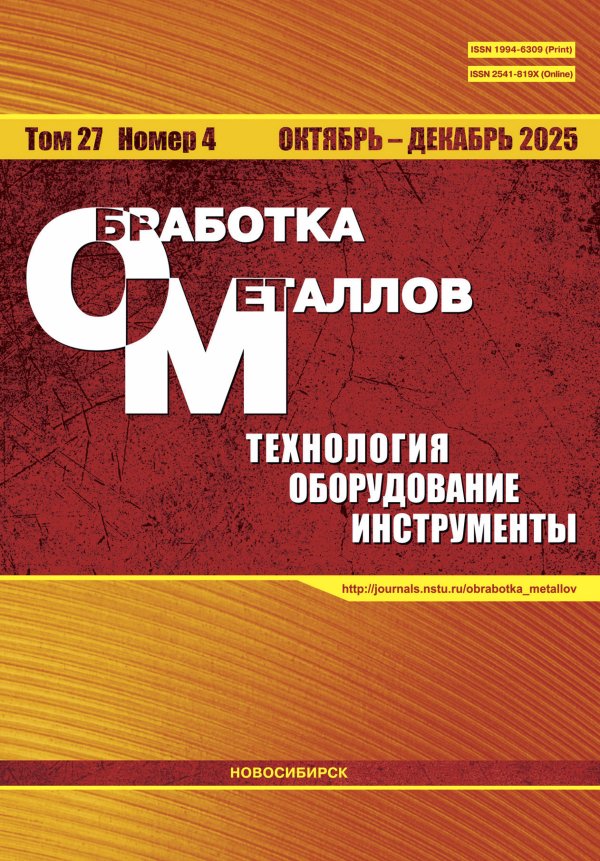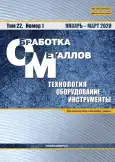Введение. Титановые сплавы широко используются в аэрокосмической, морской и биомедицинской промышленности благодаря высокой удельной прочности и коррозионной стойкости. К сожалению, они также характеризуются низкой стойкостью к окислению и низкой износостойкостью. Эффективным решением этой проблемы является формирование износостойких и жаростойких покрытий на поверхности титановых заготовок. Цель работы: исследовать влияние параметров термической обработки на формирование алюминида титана из двухслойных покрытий системы Ti-Al, полученных при помощи холодного газодинамического напыления. Материалы и методики. В настоящей работе на пластинах из титанового сплава марки ОТ4 формировали интерметаллидные покрытия типа Al3Ti. Для этого при помощи технологии холодного газодинамического напыления (ХГН) последовательно наносили слой титанового порошка марки ПТОМ-1 (Ti – основа, N < 0,08 %, C < 0,05 %, H < 0,4 %, Fe+Ni < 0,4 %, Si < 0,1 %, Cl < 0,004 %) и слой алюминиевого порошка марки АСД-1 Al99.2 (Al > 99,7 %). Толщина каждого слоя составляла ~ 100 мкм. Образцы с покрытиями нагревали до температур 630, 640, 650 и 660 °С и выдерживали в печи 20, 120 и 300 мин (среда охлаждения – воздух). Структурные и фазовые исследования покрытий проводили с использованием световой микроскопии, растровой электронной микроскопии, рентгенофазового анализа. Приведены результаты измерений микротвердости. Результаты. Установлено, что интерметаллидная прослойка, сформировавшаяся на границе раздела между титановым и алюминиевым слоем, имеет химическую формулу Al3Ti. Уровень микротвёрдости прослойки составляет ~ 600 HV. Показано, что толщина прослойки меняется в зависимости от режима термической обработки. Максимальную толщину (98,5 мкм) удалось сформировать после нагрева до 650 °С и выдержки 5 ч. Установлено, что увеличение времени выдержки оказывает большее влияние на рост толщины интерметаллида, чем увеличение температуры.
 6-15
6-15


 16-26
16-26


 27-40
27-40


 41-53
41-53


 54-64
54-64


 65-79
65-79


 80-89
80-89


 90-101
90-101


 102-113
102-113


 114-135
114-135








